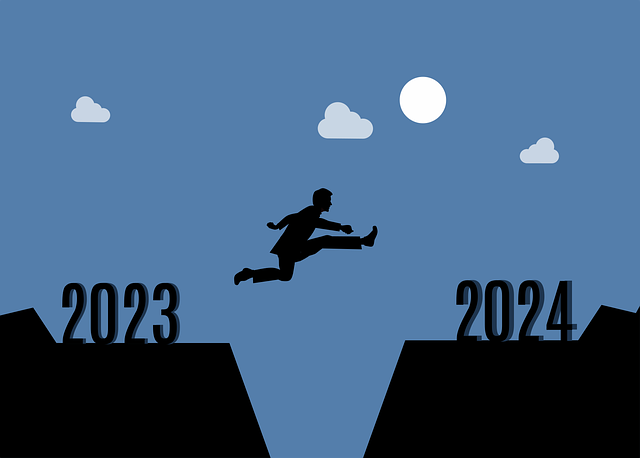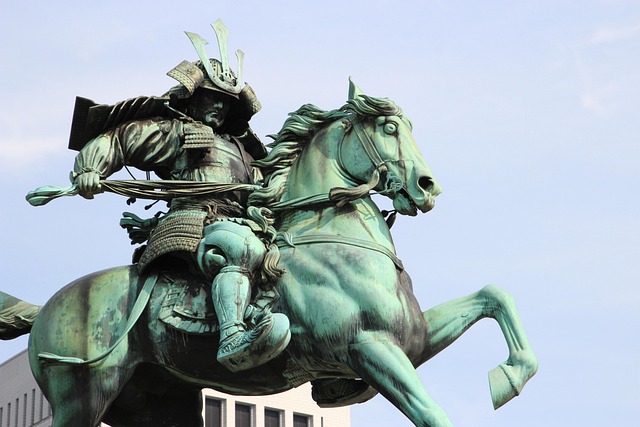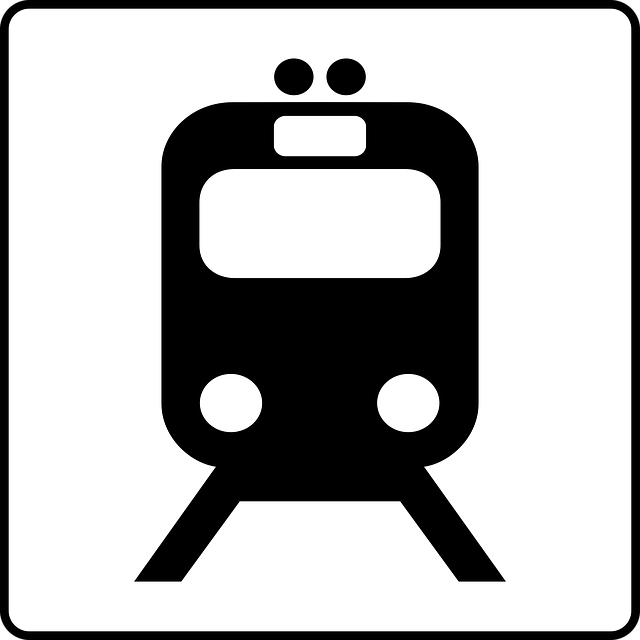Mixed-use real estate development integrates residential, commercial, and retail spaces in a single project, enhancing community vibrancy. This approach reduces commuting times, promotes walkability, and increases social interactions, elevating quality of life. By catering to diverse demographics and boosting local economies, mixed-use developments create sustainable, efficient, and desirable urban areas. Strategic planning with a mix of apartment buildings, offices, shops, and amenities encourages foot traffic and fosters an engaging environment. Prioritizing public transport and reducing car dependency enhances environmental sustainability, making mixed-use districts more lively and inclusive.
In today’s dynamic urban landscape, fostering mixed-use development is key to creating vibrant, livelier districts. This article explores the concept of integrating residential, commercial, and retail spaces within close proximity, examining its profound impact on real estate markets. We delve into the myriad benefits, from enhanced accessibility and reduced commute times to boosted local economies and improved quality of life. Additionally, we provide actionable strategies for implementing and enhancing mixed-use districts, offering insights for developers, urban planners, and policymakers alike.
Understanding Mixed-Use Development in Real Estate

Mixed-use development in real estate refers to the integration of residential, commercial, and sometimes industrial spaces within a single project or district. This approach aims to create vibrant communities by promoting walkability, reducing commuting times, and fostering social interactions. Unlike traditional developments that segregate these uses, mixed-use strategies encourage a diverse range of activities under one roof, enhancing the overall quality of life for residents.
In real estate terms, this means designing buildings or areas where people can live, work, shop, dine, and relax without needing to travel far. Such developments can take various forms, from urban high-rises with apartments above retail shops to mixed-use neighborhoods with a mix of housing types surrounded by offices, stores, and recreational facilities. This diverse mix not only caters to different needs and lifestyles but also contributes to the economic vitality and sustainability of local districts.
Benefits of Mixed-Use for Urban Areas

Mixed-use real estate development is a game-changer for urban areas, offering numerous benefits that contribute to vibrant and lively districts. By integrating residential, commercial, and sometimes even retail spaces within one complex or neighborhood, mixed-use promotes a sense of community and connectivity. Residents can easily access amenities, services, and employment opportunities without the need for lengthy commutes, fostering a more sustainable and efficient lifestyle. This diverse mix of uses also encourages foot traffic, enhancing local economies and creating a bustling atmosphere that draws folks to explore and enjoy the area.
Moreover, mixed-use developments cater to different demographics, age groups, and lifestyles, promoting inclusivity and social interaction. This diversity can lead to cultural exchanges, innovative collaborations, and a stronger sense of belonging within the community. Urban areas with mixed-use spaces often experience reduced traffic congestion, better infrastructure utilization, and improved overall quality of life for residents, making them more desirable places to live, work, and play.
Strategies to Implement and Enhance Mixed-Use Districts

Implementing mixed-use strategies in real estate development can significantly enhance district vibrancy. The key lies in integrating residential, commercial, and retail spaces seamlessly. For instance, planning applications should consider a mix of apartment buildings, offices, shops, and community amenities like parks or shared workspaces. This diverse offering caters to various demographics, encouraging foot traffic and fostering a lively atmosphere throughout the day.
Mixed-use districts can be further enhanced by prioritizing pedestrianism and public transport accessibility. Strategically designed walking paths, bike lanes, and efficient transit systems encourage residents and visitors alike to explore the area on foot or by sustainable means, reducing car dependency. Such strategies not only promote environmental sustainability but also contribute to a more connected and engaging urban environment.






